The OM-1 has been on the market for more than 2 years now. Since 11 December there have been rumours about a high-end OM system camera. So it’s time to express my own wishes as to what a potential high-end camera should look like. First of all, I don’t want a PEN F II which is in demand by so many OM System photographers. I prefer the viewfinder in the centre of the camera because I think it is more ergonomic and suits my photography style better.
Ergonomics of the new OM System camera
To be honest, I don’t think there’s much to criticise about the ergonomics of the OM-1. Nevertheless, the operation could still be optimised. For example, the two wheels for adjusting the aperture and exposure time are sometimes a little too hard to move. There is certainly room for improvement here. It would also be time to find a solution that prevents me from losing the covers for the hot shoe and the flash sync socket. The latter is no longer necessary for me. On the one hand, if I work with a flash, I control it wirelessly, and on the other hand I hear from OM Digitalsolutions that they want to concentrate on wildlife, landscape and outdoor photography. A flash sync socket is no longer necessary.
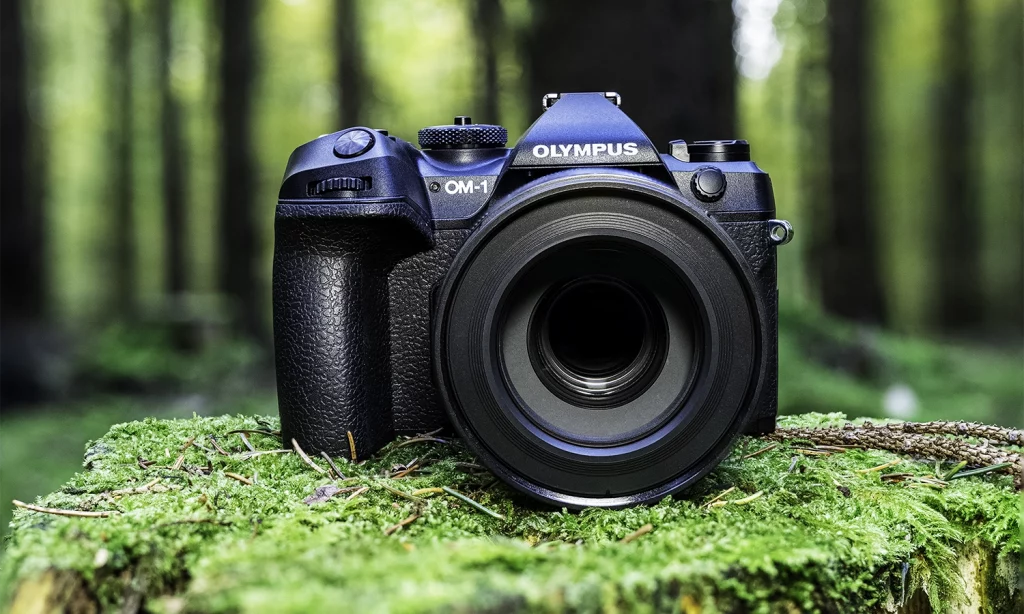
The sensor
One point of criticism that OM Digitalsolutions repeatedly hears is that the resolution of their sensors has not changed for years. For me personally, there is no reason to increase the number of pixels. Even if I have to crop an image because I didn’t get the detail 100% right when taking a picture of a flying bird, I still have enough leeway to be able to print my images in any size. For landscape, architecture and panorama shots without movement in front of the camera, there is also the HighRes mode.
For me, dynamic range and noise behaviour are more important. The latter although the noise filters based on artificial intelligence work excellently. This also means that I don’t need a global shutter. This would mean a deterioration of both values. There is also nothing wrong with the speed of the current OM-1. There is no need for action here.
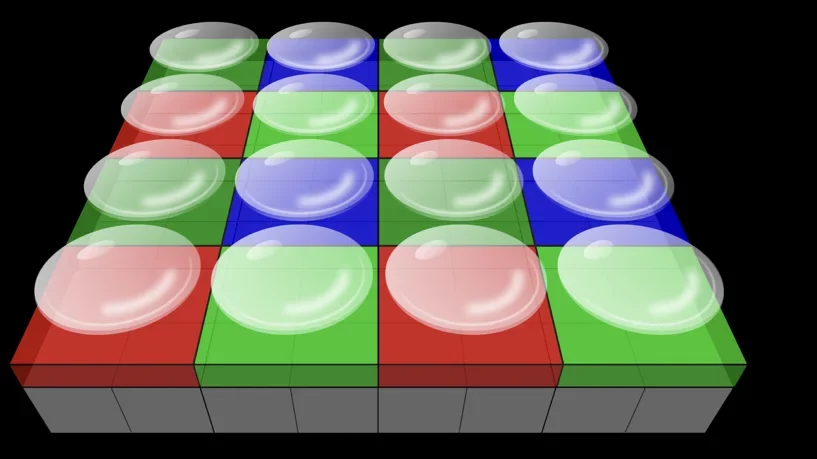
The autofocus
I think the biggest problem that OM Digitalsolutions has is the autofocus. Even though the OM-1 has taken a big step in the right direction compared to the E-M1 Mark III and E-M1X, it can’t keep up with the high-end cameras from others. Especially when it comes to automatic object recognition, OM Digitalsolutions lags behind. For the user, not only would reliable recognition be desirable, but it would also be helpful if you didn’t have to select an object beforehand but the camera recognised all supported objects itself when object recognition is switched on. In times of artificial intelligence, this should be realisable today.
Image stabilisation of the new OM System camera
Even though the image stabilisation of OM System cameras is legendary, I still see room for improvement. On the one hand, OM Digitalsolutions can continue to improve the effectiveness so that even longer exposure times can be used hand-held without a tripod. On the other hand, the technology can be used for other functions. For example, Pentax has shown how it can be used in combination with a GPS to track stars. In combination with Live Composite, this could improve the quality of astrophotography.


Combination of different functions
Last but not least, I would like to be able to combine various computational functions. The most obvious is to make the Live ND filter combinable with Live Composite. This would allow Live Composite to be used in brighter ambient light without the need for a physical filter. But also the possibility to combine the HighRes mode with focus stacking would certainly be an excellent way to catapult macro images into a new sphere. The combination of resolution and great depth of field leads to images that have never been seen before. The combination of HDR with high resolution mode also makes sense from my perspective. As I take a lot of panoramas and almost always use HDR, I could use this combination to take panoramas with a higher resolution.
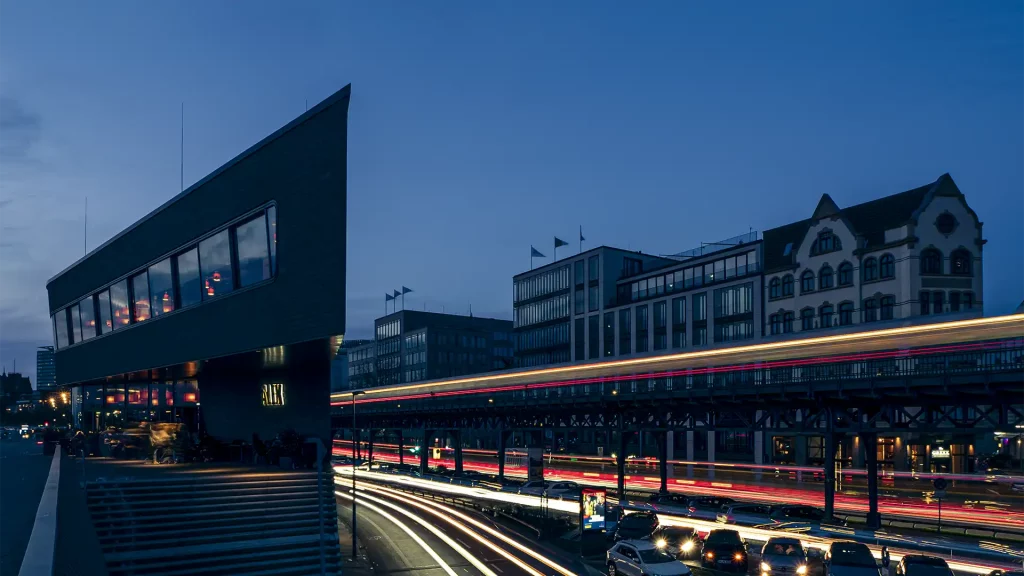
Extra wish
Last but not least, I have a bonus wish, which would certainly please the target group of OM-Digitalsolutions. If the camera is already able to recognise different objects automatically, perhaps it would also be an idea not only to recognise the type of object, but also to differentiate it and save it in the EXIF data. Swarovski presented a new pair of binoculars at the CES that already goes in this direction. However, recognition does not take place in the binoculars themselves but via the Merlin app, which can be connected to the binoculars via Bluetooth.
Your opinion is needed
I look forward to hearing your wishes and opinions. Please leave me a comment and I will be happy to discuss the future with you. I am also happy to receive constructive feedback.
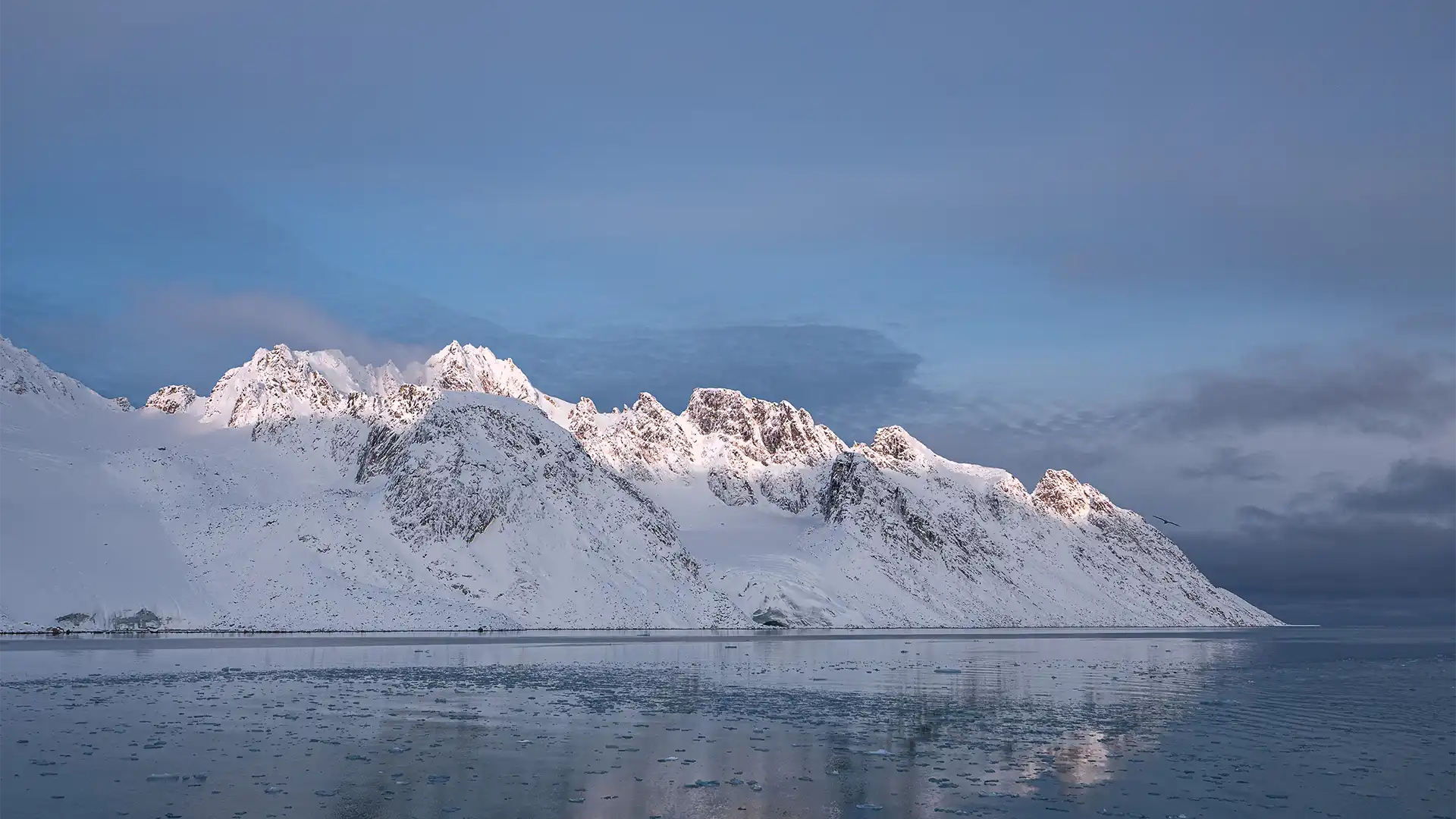

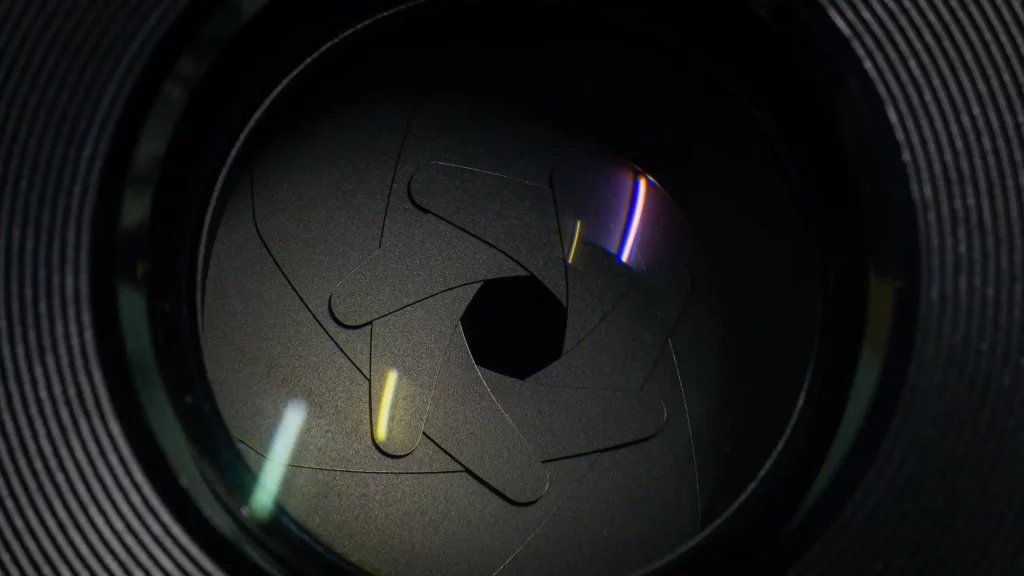

Pingback: The OM-1 Mark II is here - Michael Guthmann